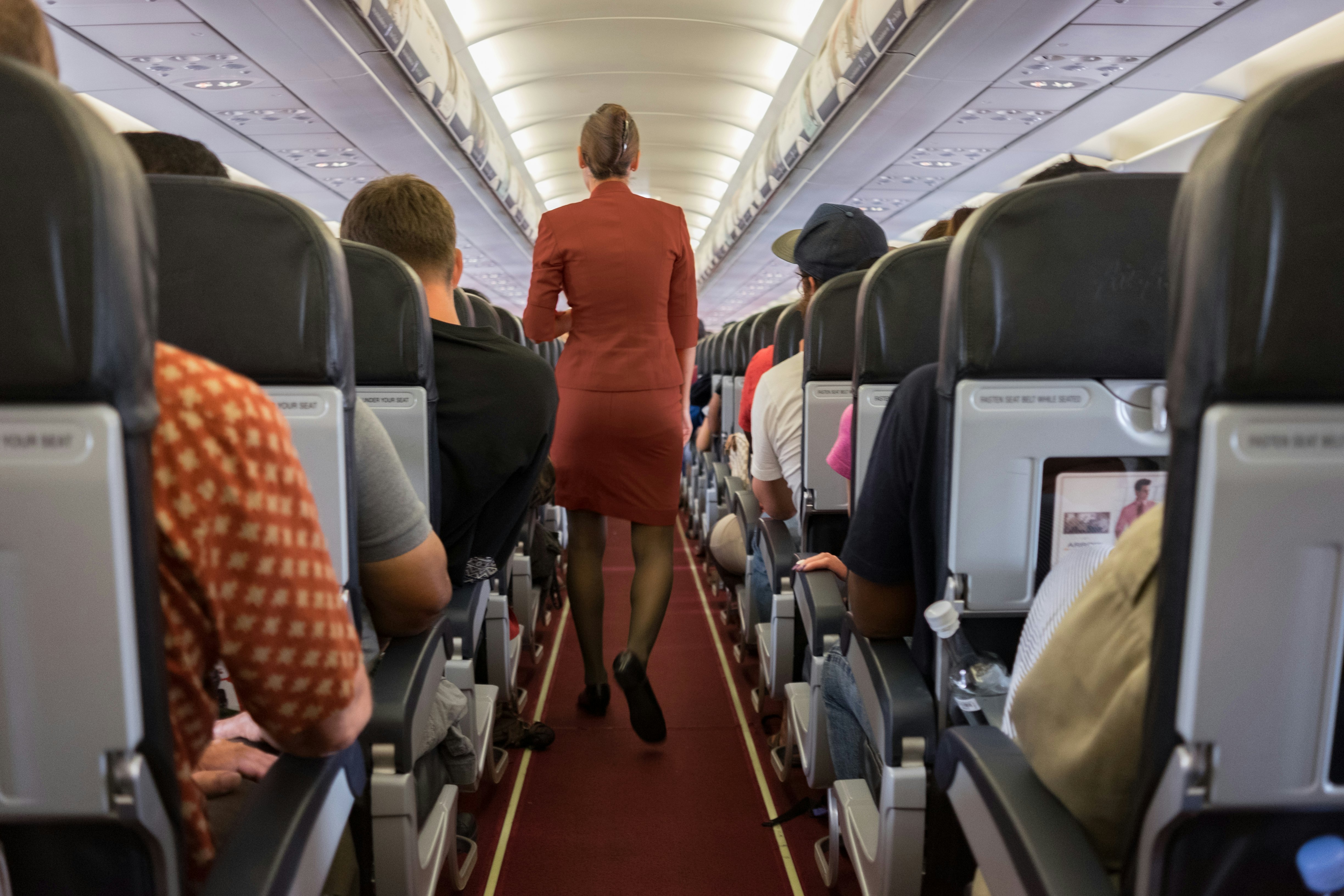Turbulence on a plane: what passengers need to know before flying

May 23, 2024 • 4 min read

We take a look at what turbulence is and the risks to passengers © Jetlinerimages / Getty Images
Following severe turbulence on a Singapore Airlines flight this week, we take a look at what turbulence is and the risks to passengers.
You’ve probably seen images and videos from the recent incident onboard Singapore Airlines flight 321, and if you’re worried about turbulence as a result that’s understandable. We turned to John Walton, Lonely Planet’s resident aviation journalist, with some questions about what turbulence is, how commonly it causes problems for flights, and how you can stay safe onboard.
The pictures from Singapore Airlines flight 321 that made an emergency landing in Bangkok after severe turbulence are certainly frightening, and the news of a passenger’s death and many injuries is sobering.
One of the reasons you’re seeing a lot more about severe turbulence events like this one is that we all have cameras in our phones now and share a lot more pictures and videos. However, experts also agree that part of the reason these events are happening more often is due to climate change. Let’s take a deeper look.

What is turbulence, and why does it happen?
Turbulence comes in several forms when you’re on a plane, and you’ll feel it in its mildest form as your plane passes through clouds on its way up from or down to the airport at relatively low levels.
Higher up, though, you’ll probably be concerned about clear air turbulence, caused where temperature variations between layers of air create strong air currents going up or down. These might be from jet streams (the high level air currents found around the world), from high terrain pushing air upwards, or from storms, especially thunderstorms.
You feel turbulence on the plane as shaking, which in its most severe cases can end up as the kind of extreme movement experienced on Singapore Airlines flight 321. Do remember, though, that the plane itself landed safely even in the severe turbulence from that incident — the worst that we’ve seen in quite some time.
Evidence so far seems to suggest that the recent Singapore Airlines turbulence incident came from fast-forming thunderstorms, with an unusually rapid convective cell forming over southeast Asia.
While planes do route around slowly forming storms, swiftly developing ones are are incredibly difficult to forecast.
Is it worse on some planes versus others?
To an extent: in theory, the bigger the plane, the smaller the effect of any turbulence compared with a smaller plane in the same situation. But you might have noticed that the Singapore Airlines flight 321 plane was a large Boeing 777 — one of the biggest planes currently flying.
So yes, while you’ll feel a greater effect from the same amount of turbulence on a small narrowbody 737 compared with a big widebody 777, severe turbulence will still feel severe no matter what plane you’re on.

Can I sit somewhere on the plane to avoid turbulence?
It might sound weird, but planes are built to be a little flexible. You can expect the wingtips to wiggle a bit during turbulence, and the plane flexes along the length of its tube a little too. The closer you sit to the wing, the less likely you are to feel turbulence and experience its effects.
That said, in severe turbulence like this incident, you’ll feel it strongly wherever you’re sitting.
Is turbulence common and are some parts of the world more susceptible to it?
Light turbulence is totally routine: you’ll feel a little bump as you fly through clouds, for example. Severe turbulence is much more rare, although the effects of climate change — specifically the greater extremes in temperatures and stronger, more unpredictable storms — mean that experts expect it to become more common.
There are parts of the world where medium to severe turbulence is a regular occurrence. You can expect it where there’s a lot of temperature variation, where flying over high mountains (think the Rockies, Andes or Himalayas), where fast-forming storms can be found, or where there are strong winds like the “Roaring Forties” westerlies in the southern hemisphere.

How can I stay safe on a flight if it hits turbulence?
The best piece of advice is to keep your seatbelt snugly fastened throughout the flight. By snugly, I mean enough that if there was a sudden drop due to turbulence you wouldn’t hit the ceiling or fly up out of your seat.
You might hear advice to keep your belt “loosely fastened”, but if it’s very loose you risk sliding out of the seatbelt if you hit severe turbulence.
As a guide, I keep my belt at least as tight as a car seatbelt would be whenever I’m in my seat. If you’re traveling with babies or infants without their own seat, ensure they’re secured in your lap or a bassinet crib if one is available.
If you happen to be in the lavatory, sit down immediately (if you’re not already) and hold on to the grab bars, then follow crew instructions. If you’re swanning around one of the inflight bars on certain airlines, there are seatbelts there: buckle yourself in immediately. The crew will tell you when it’s safe to return to your seat.
If you’re walking in the aisle, sit down at once, in the nearest empty seat, rather than walking all the way to yours if it’s further away.
But overall, please be reassured: turbulence is routine, flights are routed around it, airplanes are designed to cope with it if it does happen, weather prediction is improving all the time, and severe turbulence is still rare.




